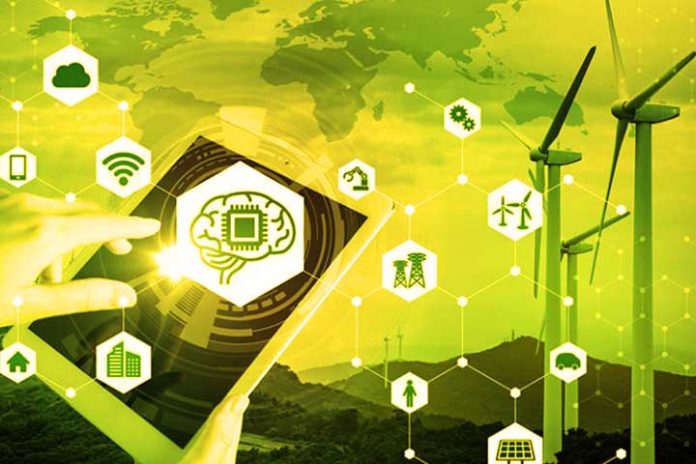How do we make renewable energy a reliable, less variable, and intermittent resource? Renewable energy depends on meteorological phenomena, such as wind or sunlight, which we cannot change but can know and predict with the help of Big Data analysis and Artificial Intelligence.
Technology has already greatly facilitated renewable energy development, but there is still room for improvement in precision, optimization, efficiency, and innovation.
Specifically, today predictive analytics can be used in all phases of the life cycle of renewable power plants:
- Their installation
- The generation and distribution of energy
- The maintenance of the networks
In this post, we review how technology and Artificial Intelligence can help, from many points of view, in the optimal use of renewable sources.
Predictive Analytics in renewable energy generation
The prediction of renewable energy generation depends in large part on a good analysis of meteorological data. Already in its design, to choose where a new plant will be installed, be it wind or solar, the historical data of the meteorology in the candidate locations are one of the determining factors for its selection.
In many cases, this first analysis requires terabytes of information to process to estimate how much that plant would have produced in each possible location and thus be able to choose the most profitable one.
Later, with the parks already installed and operating, it is necessary to know how much energy will be produced. “This allows access to the offer in the electricity markets, which are increasingly demanding in precision, with the best of energy predictions,” experts explain. Weather forecasts adapted to the park’s evolution are used in this case.
Most of these parks outsource this predictive activity to companies that are technology and data analysis experts, such as the Knowledge Engineering Institute has its renewable energy production prediction system (EA3) for parks of all sizes and technologies. This allows the preparation of forecasts with different time horizons and the updating frequency needed to offer in the markets.
Also Read: Artificial Intelligence: 5 Keys For Companies
Smart power grids
Renewable energies also pose a challenge to the electricity transmission and distribution network. Being able to pour energy into practically any point of the network, it is necessary to know beforehand what that production will be to prevent local saturations that could lead to blackouts. Distribution companies also need high precision for their operation here.
To achieve a predictable and constant flow of energy, they resort to Smart Grids or intelligent networks, which integrate new technologies to harmonize energy use. In its role as a regulator of the complete electrical system, it also needs these predictions so that the entire network behaves reliably.”
The companies specializing in predictions are once again necessary here. The IIC applies predictive analytics for different purposes, such as predicting energy production, which was noted above, or energy demand. All this is to optimize the energy model, with the consequent economic and environmental advantages. In addition, technical and non-technical incidents, such as energy fraud, can also be predicted and detected.
Maintenance and optimization of the electrical network
The technical maintenance of power plants and energy networks also has technology and AI as a useful tool to anticipate, for example, breakdowns. In this case, it is possible to predict when they will occur by analyzing the production and the vibrations and temperatures of the internal devices of a wind turbine or the photovoltaic panel conversion systems, among other infrastructures.
Computer vision or drone image analysis is also used to examine solar panels and external components of wind turbines. In this sense, predictive maintenance is useful to calculate and reduce technical losses.
One more step would be the application of prescriptive analytics to optimize the operation and maintenance of plants and networks. In the case of hybrid renewable power plants, for example, simulation and optimization systems are necessary to fit the different energy sources in the networks, especially in the current growth situation in hydrogen generation. A tool has been developed that helps the optimal design and operation of renewable generation, batteries, and hydrolyzers.
These are just a few examples of what technology can do to boost the use of renewable energy in the not-so-distant future. However, this also brings new challenges, “both in the markets, where we will see the price of energy fall at noon due to the large solar production, and in technicians, since it will be necessary to continuously monitor that the production does not exceed what the network can transport nor the energy that is going to be consumed.” The expert is committed to a technical regulation based on predictions, which allows us to know when energy can be offered to the network and when to store it.
Also Read: Artificial Intelligence In Hybrid Work

